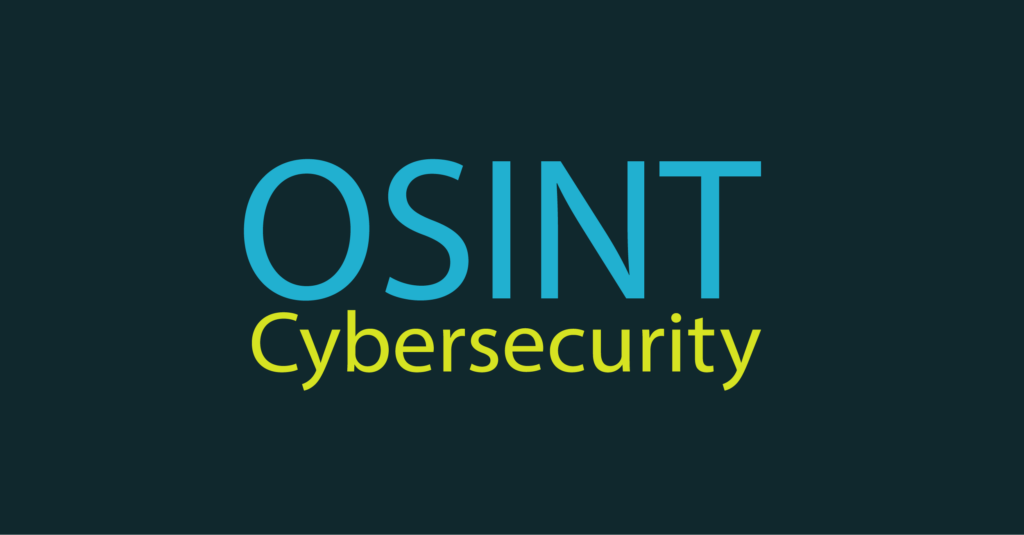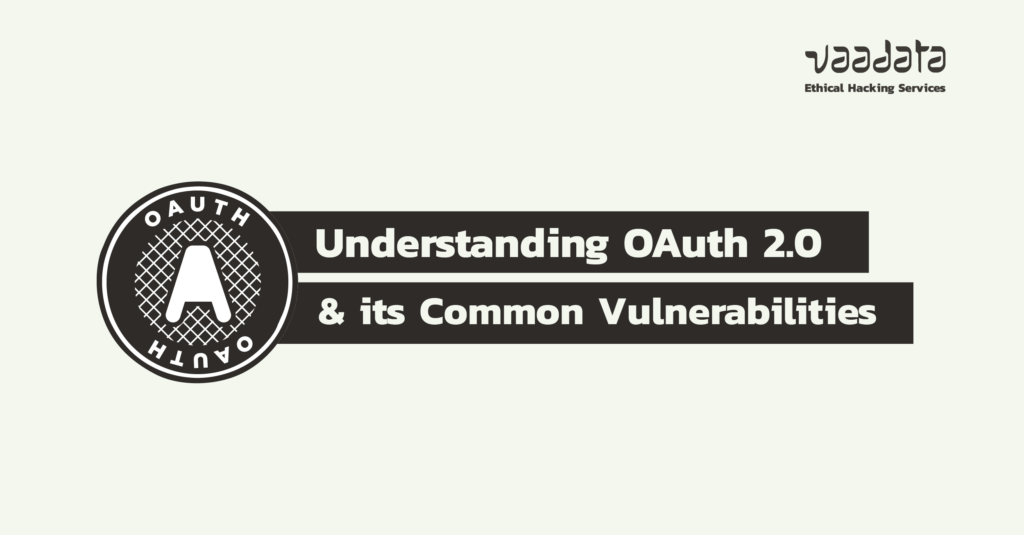
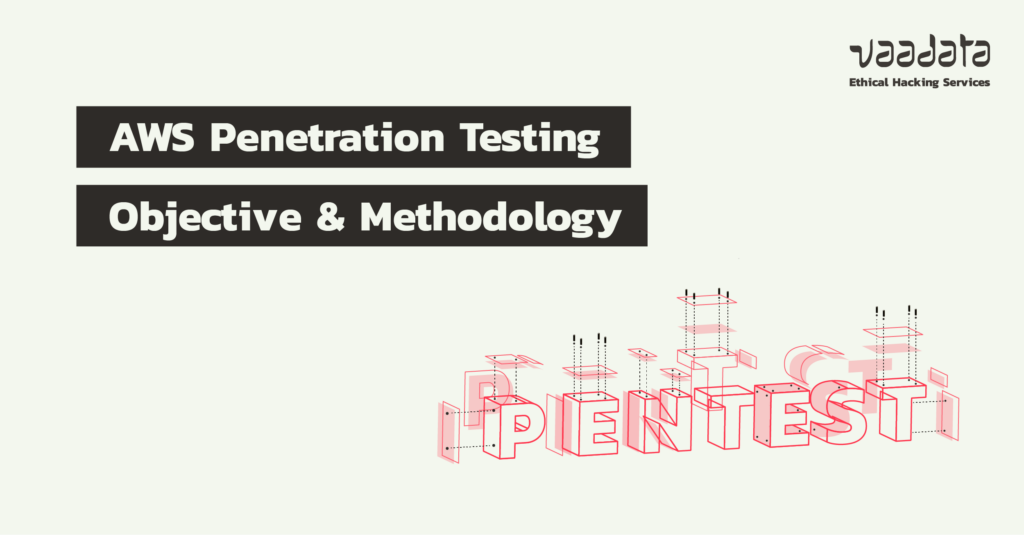
AWS is a prime target for attackers. Its growing popularity and strategic role make it an attractive service.
To limit the risks, it is crucial to put in place robust security measures. Understanding the types of attack and assessing their impact is also essential.
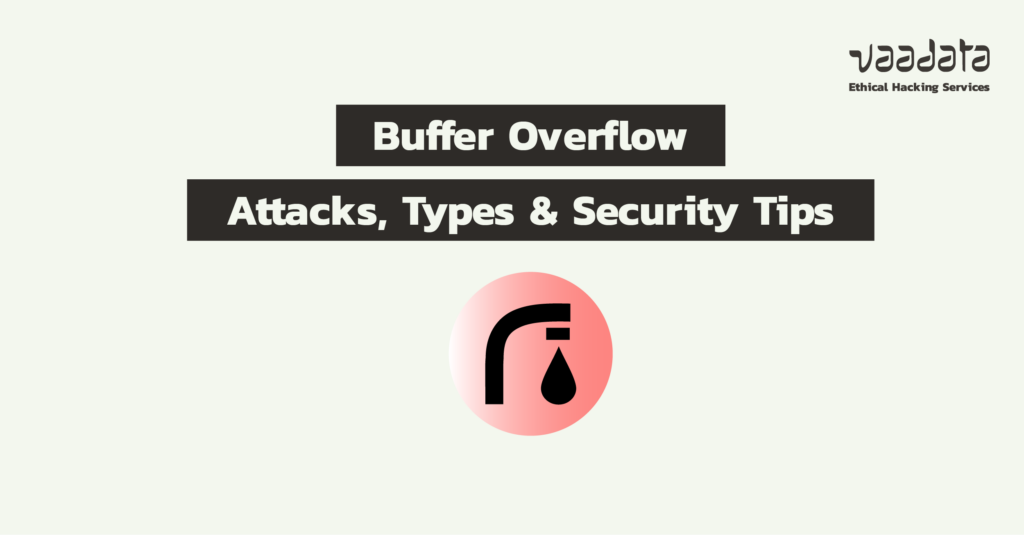
Buffer overflow is one of the oldest and most exploited vulnerabilities. Despite this long history, they remain a major threat today.
Whether on servers or critical applications, the consequences of a buffer overflow can be devastating. In this article, we will explore in detail the principles of buffer overflow and the different types of attack. We will also detail the methods of exploitation, as well as the security best practices to protect against them effectively.
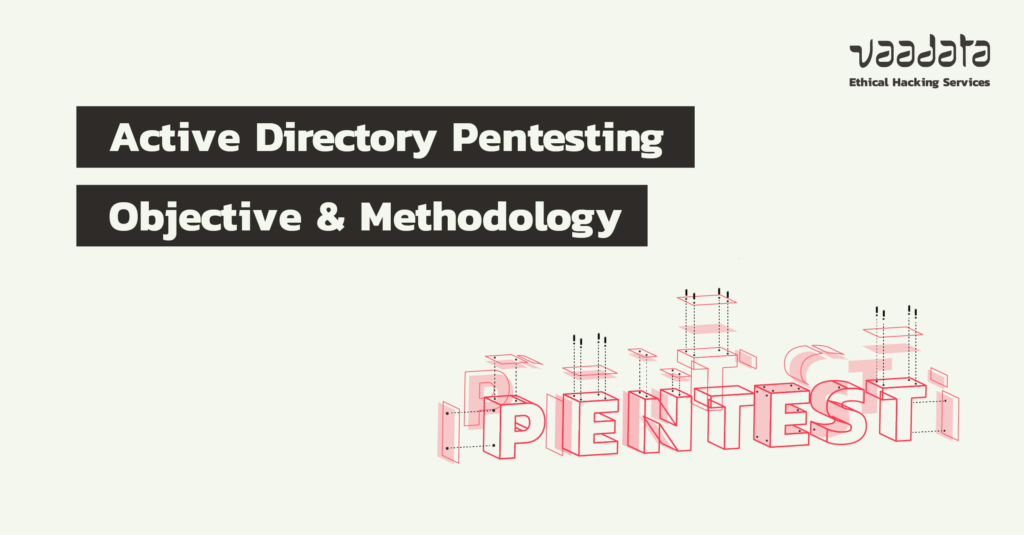
Active Directory (AD) is at the heart of many organisations’ IT infrastructure. It manages authentication, authorisation and access to critical resources within a network.
However, its complexity and importance make it a prime target for attackers. A single vulnerability in an Active Directory can enable an attacker to quickly compromise an organisation’s entire network.
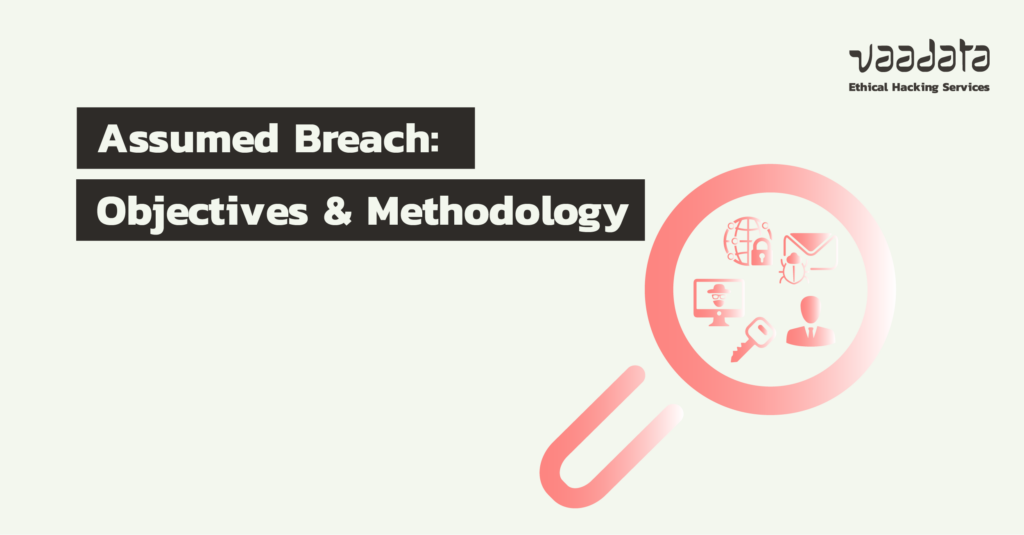
At a time when cyber attacks are increasing in frequency, sophistication and impact, traditional defensive approaches, while necessary, are no longer sufficient.
To effectively protect information systems and anticipate attacks, businesses need to adopt an offensive posture. This proactive approach encompasses practices such as pentests, Red Teaming and Assumed Breach assessments.
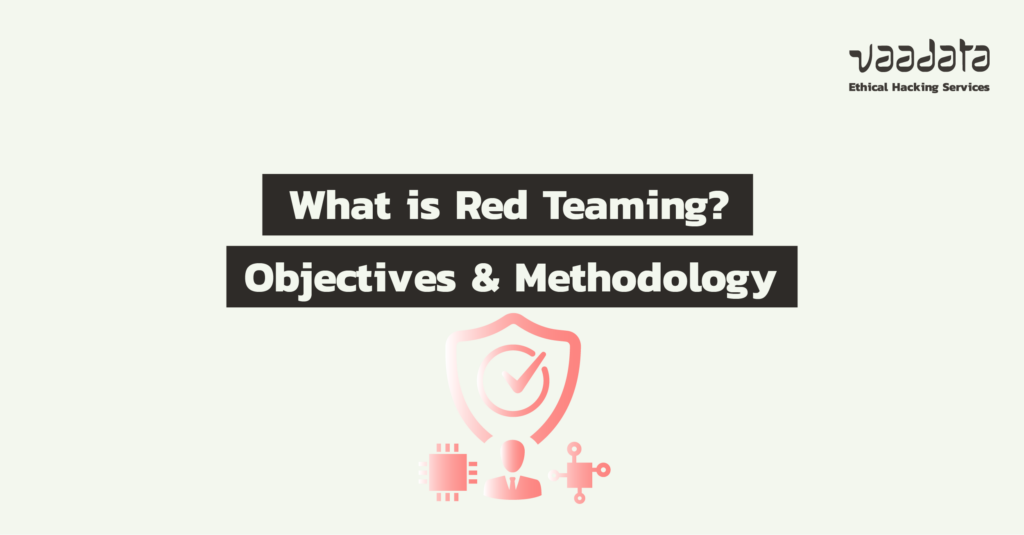
With cyber attacks on the increase, the security of organisations is now a priority. And to respond effectively to this growing threat, Red Teaming is the strategy of choice.
This proactive approach fits in perfectly with regulatory frameworks such as ISO 27001 and the NIS 2 directive. These standards stress the importance of protecting sensitive data and ensuring rigorous information security management.
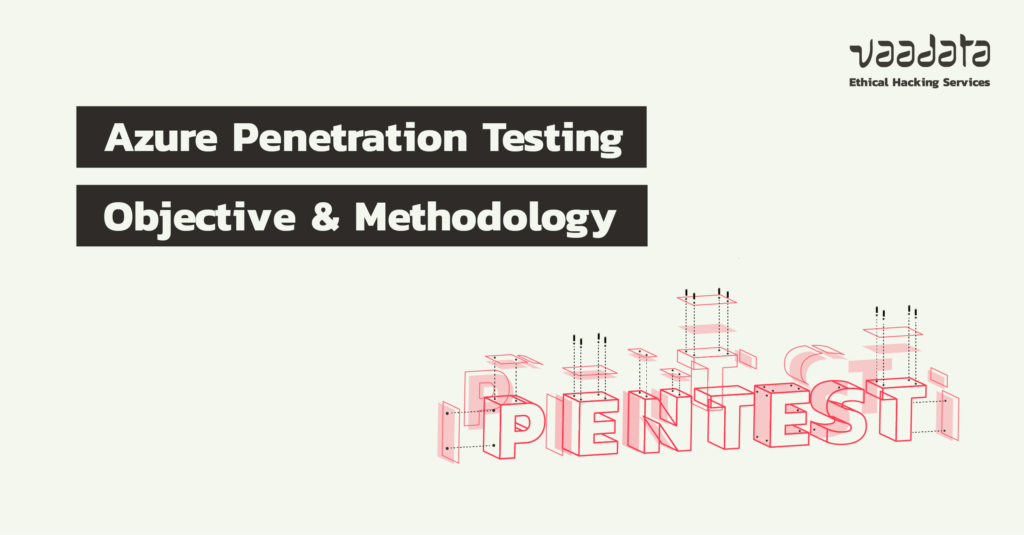
Like other cloud services, Azure is a prime target for attackers. This is due to its growing popularity and strategic importance for businesses.
To reduce the risk of security breaches, it is essential to implement robust security measures. It is also important to understand the types of attack and assess their potential impact.

